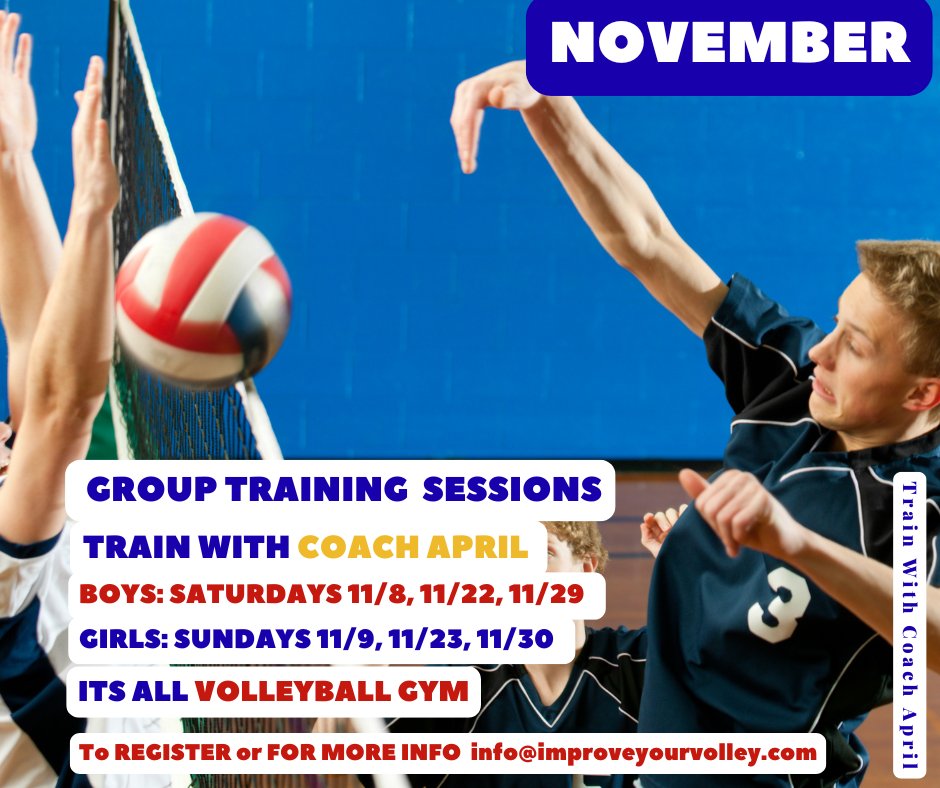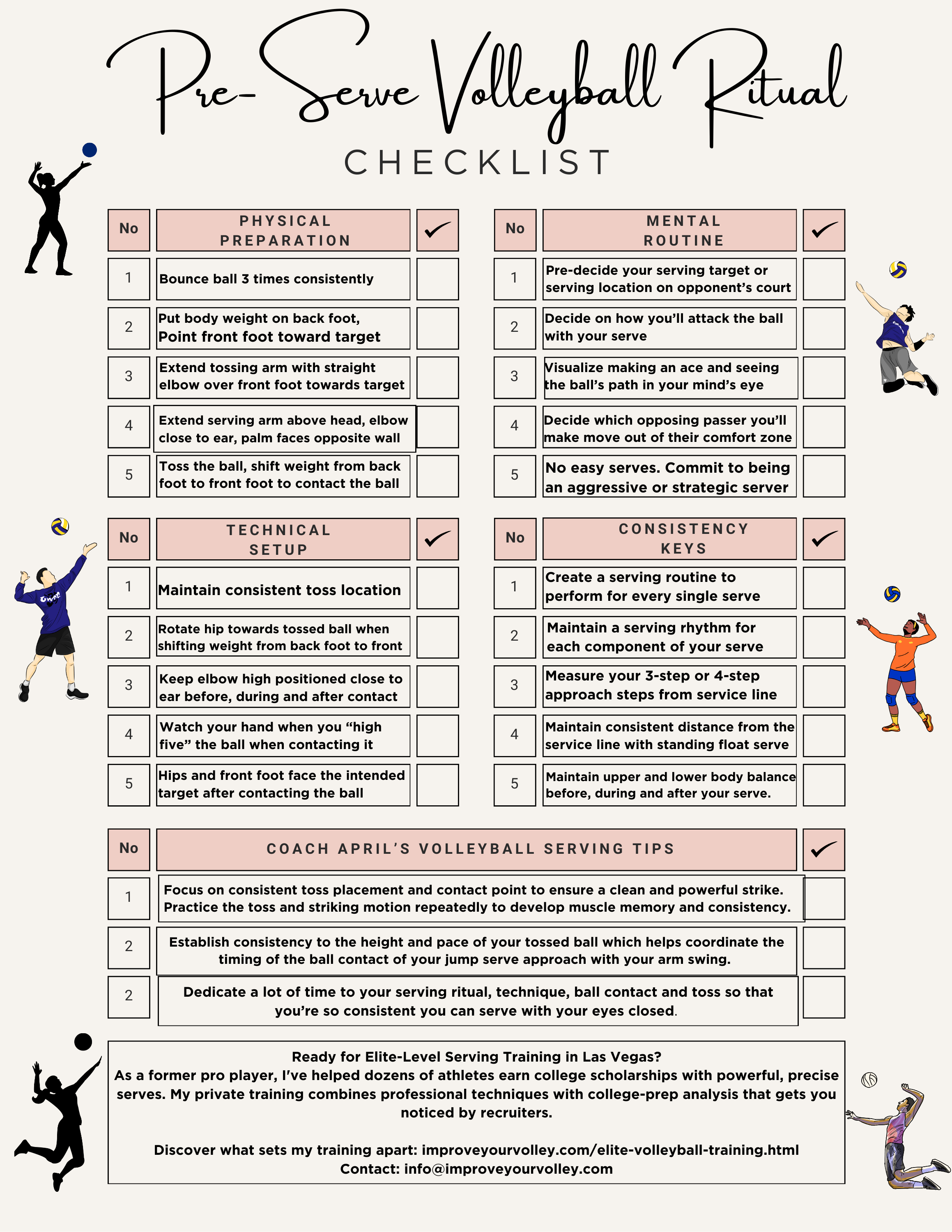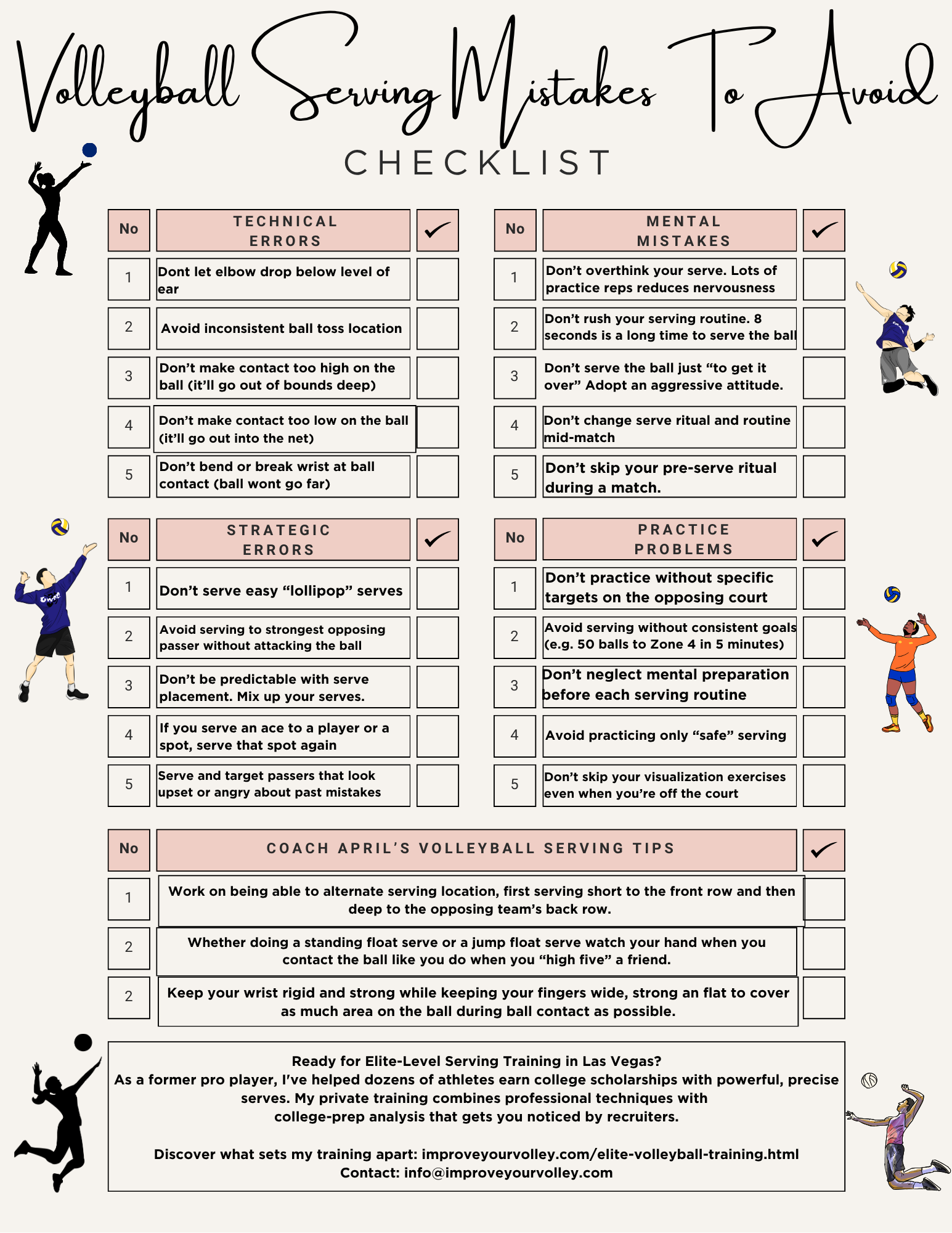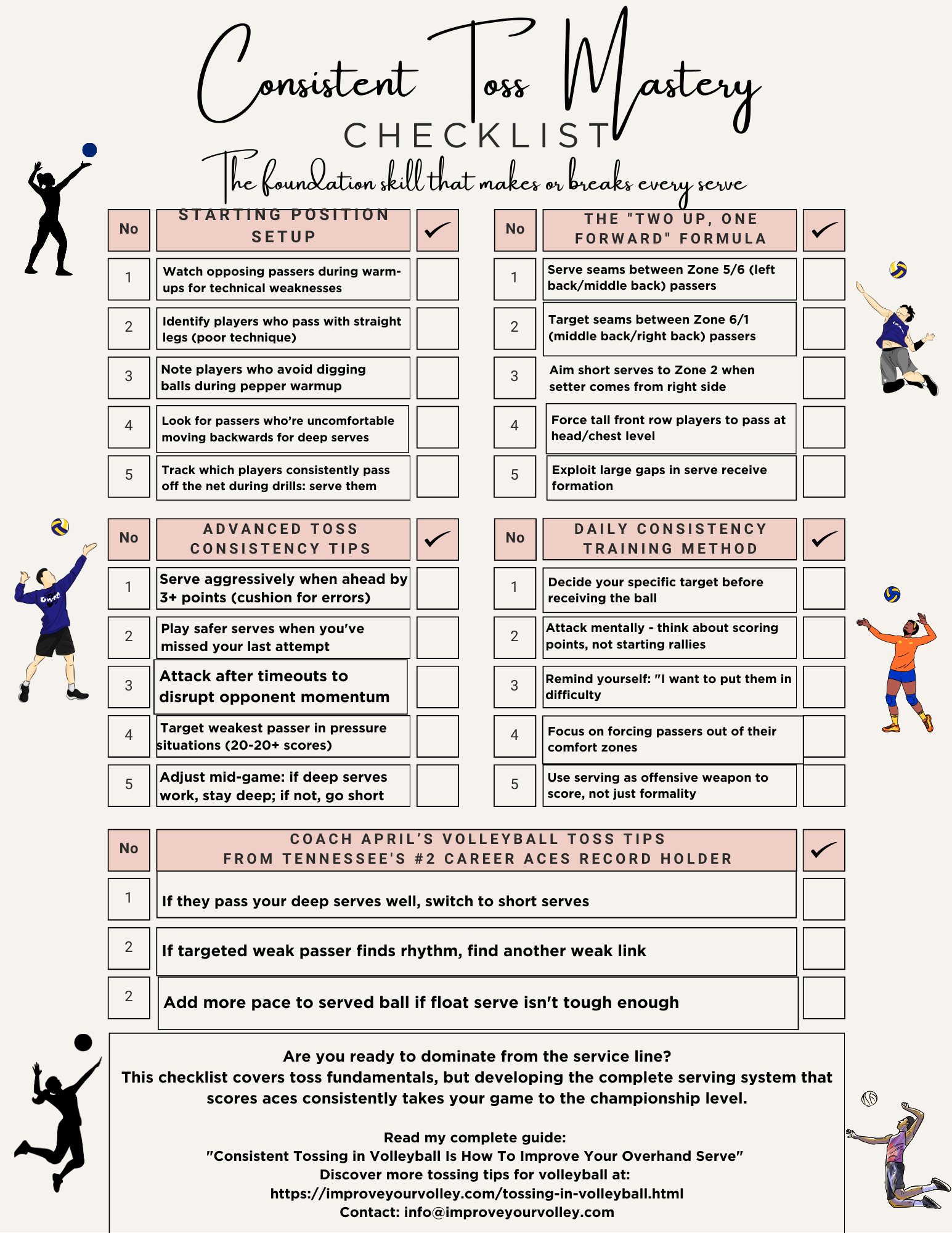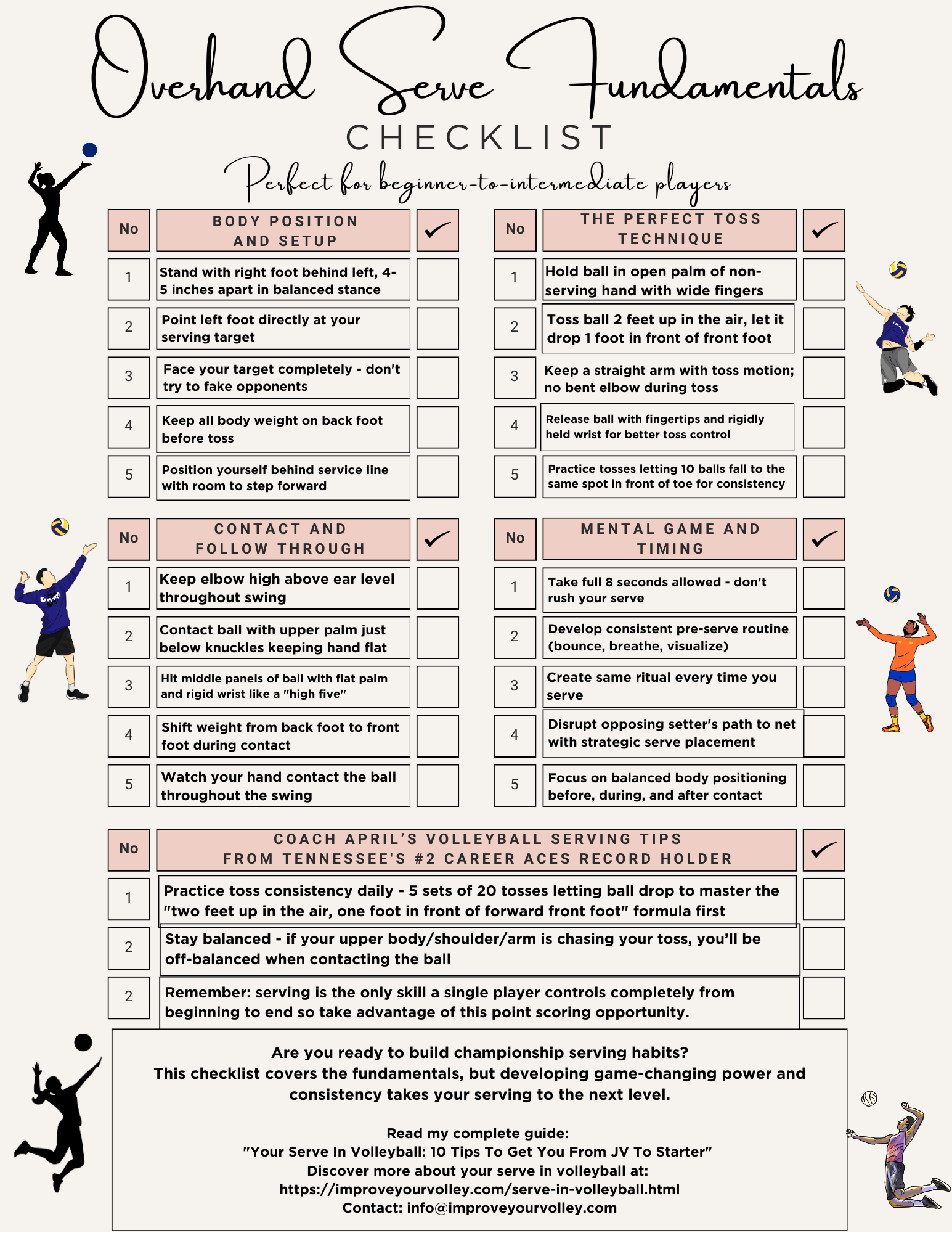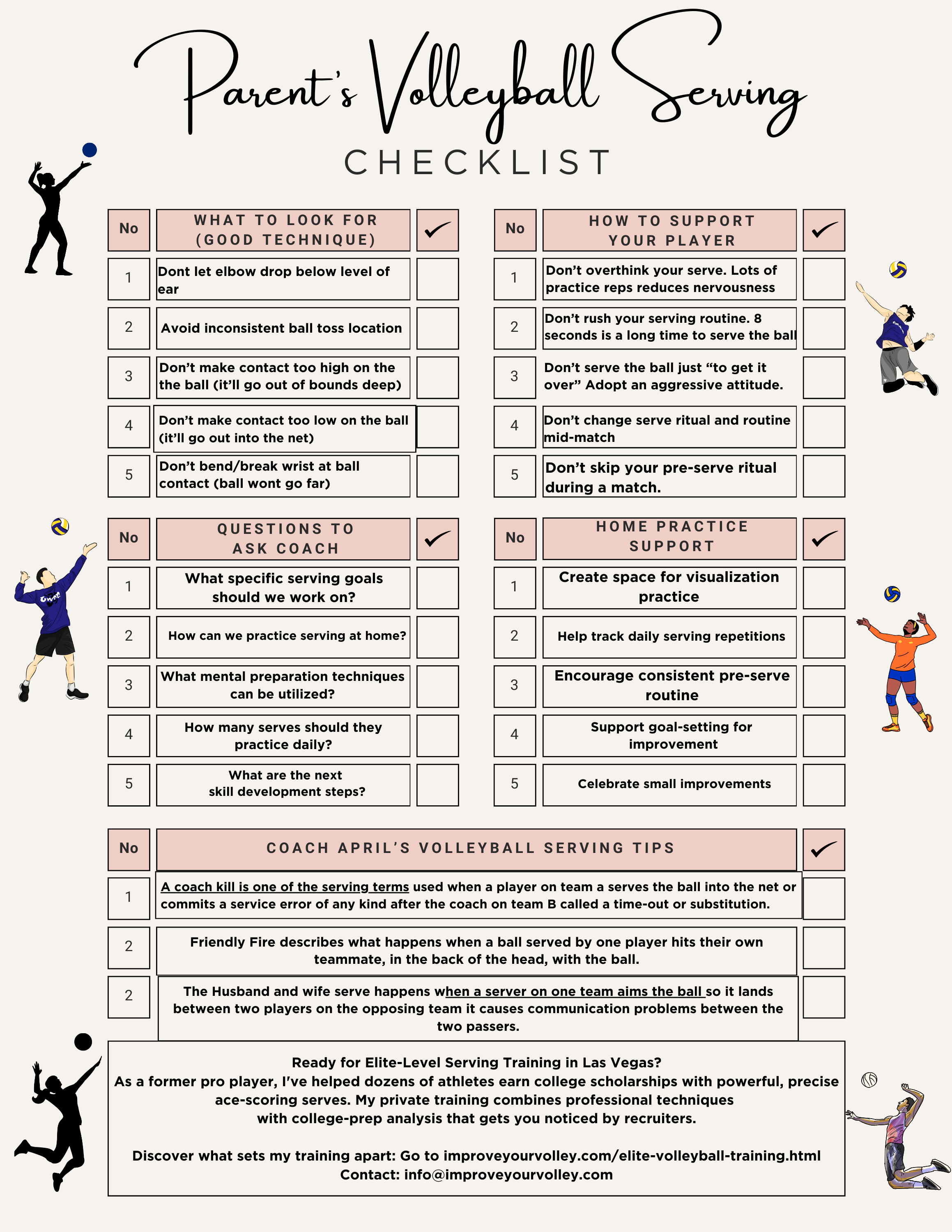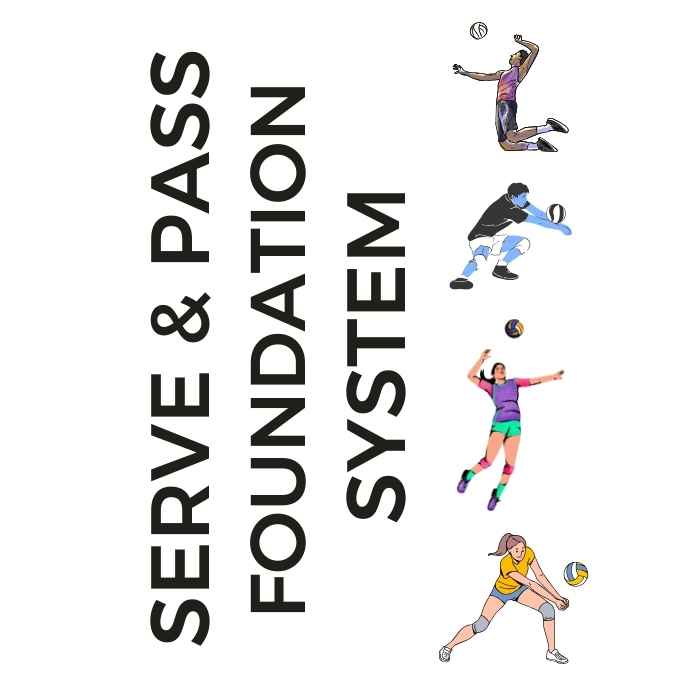
Serve + Pass Foundation System: The Complete Skills Arsenal The two-skill mastery system that transforms inconsistent players into the athletes coaches build their lineups around. Stop Struggling With The Two Most Important Skills In Volleyball!
- Improve Your Volleyball with Coach April
- Volleyball Shirts
- Volleyball Sideout.
What Is A Volleyball Sideout? Learn How To Get Your Balls Back To Serve
A volleyball sideout happens when the team in serve receive wins a rally and earns a point for their team, they rotate once and a new server gets to serve.
When you are on a team that's receiving the serve and your team wins the rally, it's called a volleyball sideout and that means your team gets to serve the ball to start the next rally.
In order to sideout during a rally your team can use different skills to win a point in a rally.
- Setter Dump
- Overpass
- Kill
What is a kill and why is it a way to sideout in volleyball?
What is a kill in volleyball?
A kill is a way to score a direct point or a sideout during a rally either with
- a hard attack or a
- a soft attack
A hard attack is a hard hit spiked ball from the front court which is anywhere in front of the ten foot line whether in Zone 4, on the left side, Zone 3 in the middle or Zone 2 on the right side.
A hard attack can also come from the backrow in the form of a backrow attack from Zone 5, Zone 6 or Zone 1.
You can get a kill if you use a soft attack as one of your attack options in volleyball like when you use
- a tip or a dink to place your fingertips on the ball to softly push the ball over the block or to
- wipe or tool the block by pushing the ball into the outside arm of the blocker in front of you so the blocker is the last person to touch the ball before it hits the ground
These are both two ways for your team to sideout with a kill in a game.
What is a setter dump and why is it a way to sideout in volleyball?
If your setter is in the front row then they are one of three players who can attack the ball in a rally. One way a setter can choose to "attack" is with a hard attack or a soft attack.
In a rally where the receiving team's setter is front row... let's say the team's in defense and the right back defender digs the ball up sending the ball cross court.
Then the libero or whoever is playing left back in defense steps in to set the ball to the right front position where the setter who's front row uses a spike to send the ball over the net.
In another example, the setter is still front row and her passer passes the ball right to her..now she/he can choose to set anyone in the front row, the back row or use a soft attack, like a tip to redirect the ball over the block to open spot on the opposing team's court floor.
This is called a setter dump and if the ball hits the floor without the opposing team getting it up, then that's a volleyball sideout for the receiving team who earns a point and the right to rotate and serve the next ball to start the new rally.
What is an overpass and why is it a way to earn a volleyball sideout?
Have you ever been on the receiving side with your team in a rally and you get served the ball and the ball goes over the net instead of to your setter?
It happens to even the best passers in the game.
That ball that goes right over the net without being contacted by your setter is called an ..overpass.
Well, if that ball gets picked up by the opposing team then the rally continues...
..but if the pass hits the floor then that overpass scores a direct point for the receiving team who now gets the right to rotate and serve to start the beginning of the next rally.
That's called a volleyball sideout.
Volleyball TShirt Ideas:
Where Do You Go From Here?
Your three options are:
- You can learn more about Volleybragswag shirts and accessories by visiting the Related Links below.
- Follow the suggested reading on our Sitemap page Learning How To Play (Sitemap)
- Or visit the pages in the How to Play Volleyball section in the drop down menu at the top of the page to get started.
If your athlete struggles with consistent serve receive, gets subbed out, or is overlooked for playing time—this is the fix you’ve been looking for.

Struggling with passing consistency?
I help talented passers tired of getting pulled from games because of inconsistent serve receive skills BUILD passing confidence without expensive private lessons using the same 3-step system that's helped dozens of my athletes get recruited.
Download my eBook for $17.99 and start building the passing confidence that keeps you on the court—and gets you seen by college coaches.
From Lady Vol to Legend: Coach April Produces Powerful Passionate Players...is that you?
What Are You Looking For?
Click to Download Your Pre Serving Ritual Mastery Checklist pdf:
🎯Volleyball Pre Serving Ritual Guide -
Players! Learn How To Transform Your Serve from Weak to Weapon
Click to Download Your Parent's Volleyball Serving Checklist pdf
🎯Parent's Volleyball Serving Checklist Guide
Parents! Help Your Player Develop Championship Serves (Even If You've Never Played)

Hi there!
Thanks for stopping by. Hope you learned something today that will help you reach your volleyball goals.
Be sure to subscribe to my email newsletter so you can learn more each week!
Stay strong! Stay motivated!
-Coach April

SUSCRIBE to my email newsletter below!
 Click to learn more about the weekly volleyball classes and clinics or email info@imrpoveyourvolley.com for information
Click to learn more about the weekly volleyball classes and clinics or email info@imrpoveyourvolley.com for informationCongratulations to my seven Boys-18s Vegas Volley club players who played in two state championship finals yesterday, the 3A and 5A State champinship finals at Sunrise Mountain High School.
TOURNAMENT CHAMPIONS!
A-1 Vegas Volley VBC
In It To Win It Tournament
May 2 - 4, 2025 Tournament
Gold Medalists
18s Premier Division
Vegas Volleyball's Unsung Heroes: Celebrating Moms with Peace Love Volleyball Shirts
Ready to energize your volleyball mom journey?
Subscribe to my 'Producing Powerful Passionate Peaceful Players' email list above on ImproveYourVolley.com.
You'll receive energy-boosting tips, exclusive insights from me, Coach April Chapple on maintaining momentum in volleyball.
Let's power up the Vegas volleyball scene together!
Recent Articles
-
5 Essential Serving Tips from Tennessee's #2 Career Aces Record Holder
Dec 08, 25 09:21 PM
I've identified the 5 essential serving tips that separate confident servers from struggling ones and you'll serve with the confidence that creates aces -
The Volleyball Toss How Consistent Is Your Ball Toss Before You Serve?
Dec 07, 25 12:29 AM
The volleyball toss for the overhand serve needs to consistently be two feet up in the air and one foot in front of front foot which puts the ball in front of your serving arm. -
Shop Small: Real Volleyball Training With + Results From A Real Coach
Dec 03, 25 10:30 AM
Support a woman-owned business. Get training from a former elite pro with 13+ years coaching experience. Ditch the big box store--invest in proven results.




























